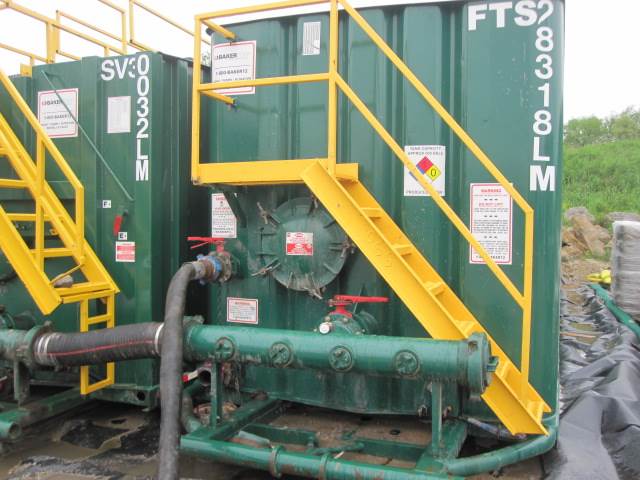Non-Atmospheric Hazards
Physical Hazards
Hazardous atmospheres are not the only hazards within confined spaces.
As we'll see, there are many actual and potential non-atmospheric hazards within confined spaces and we need to be aware of them to make sure they are eliminated.
Mechanical Hazards
If activation of electrical or mechanical equipment would cause injury, each piece of equipment should be manually isolated to prevent inadvertent activation before workers enter or while they work in a confined space.
The interplay of hazards associated with a confined space, such as the potential of flammable vapors or gases being present, and the build-up of static charge due to mechanical cleaning, such as abrasive blasting, all influence the precautions which must be taken.
- To prevent vapor leaks, flashbacks, and other hazards, workers should completely isolate the space.
- To completely isolate a confined space, the closing of valves is not sufficient.
- All pipes must be physically disconnected or isolation blanks bolted in place.
- The pipes blanked or disconnected should be inspected and tested for leakage to check the effectiveness of the procedure.
- Other areas of concern are steam valves, pressure lines, and chemical transfer pipes.
A less apparent hazard is the space referred to as a void, such as double walled vessels, which must be given special consideration in blanking off and inerting. Other special precautions must be taken in cases where flammable liquids or vapors may re-contaminate the confined space.
Knowledge Check Choose the best answer for the question.
5-1. What should be done if the activation of electrical or mechanical equipment could cause injury while working in a confined space?
You forgot to answer the question!

